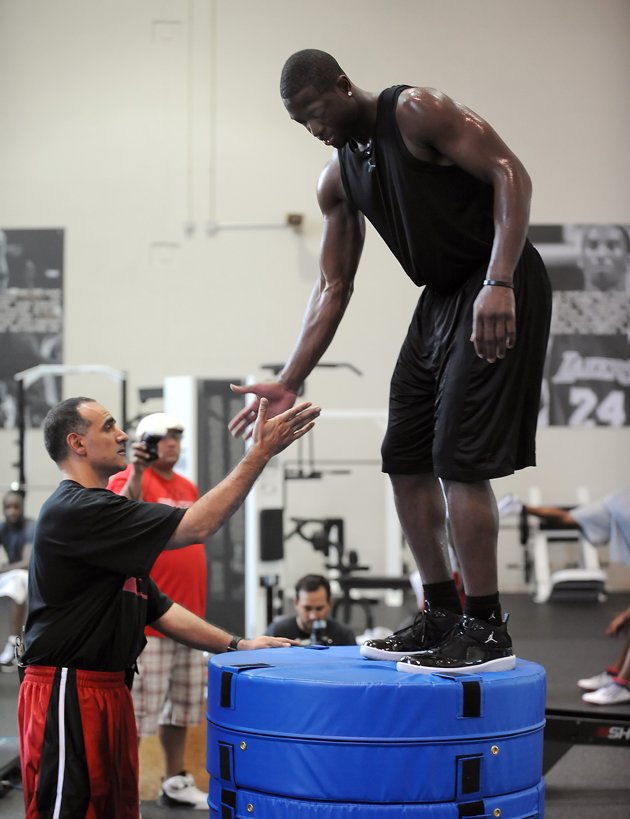View in Details
Credit the 1989 Detroit Pistons for setting Tim Grover’s career in motion. Grover saw an article in a local newspaper describing how Detroit’s physical play was affecting Michael Jordan mentally. Jordan was tired of being overpowered by his opponents, but he had injured himself in a workout with a trainer once before and was not regularly working with one at the time. Grover believed he could help Jordan. The worry was that he wouldn’t get the opportunity. Grover contacted the Bulls and eventually spoke with the head athletic trainer and the team doctor.
After a series of interviews, Grover finally met with Jordan. Grover detailed his plan for helping the young swingman get stronger and avoid injuries. He would introduce a training regimen that would better prepare Jordan for the grind of NBA competition. Jordan was skeptical. Here was a 25-year-old trainer, with no prior experience working with professional athletes, laying out how the best player in the NBA could reach new physical heights. Eventually, Jordan relented. “I’ll give you 30 days,” Grover recalls Jordan saying. “30 days turned into 15 years.”
Grover is now best known as the choice personal trainer for an esteemed group of NBA players. He is also the CEO and owner of Attack Athletics, which employs trainers around the world, and his list of current and former clients include Jordan, Charles Barkley, Kobe Bryant and Dwyane Wade. Grover is also the author of multiple books. His latest work, Jump Attack: The Formula for Explosive Athletic Performance, Jumping Higher, and Training Like the Pros, is an expanded version of an earlier publication outlining his vaunted training program, set to be released June 3.
To say that Grover is a physical trainer would be an incomplete description. As revered as he is for his physical training, Grover says much of his success was the result of his mental approach. Before he rose to prominence, observers would commend Grover for his ambition and go-getter attitude and tell him that he attacked everything he did. But his philosophy was not codified until he began working with Jordan. From discussions and interactions with His Airness, Grover came to develop a unique outlook on athletes’ path to achievement.
Jordan was a shining example of what Grover calls a Cleaner, a strong-willed leader who is never satisfied with accomplishments and has a “dark side,” an instinctual drive to succeed at all costs. For Grover, there are two other types of competitors: Closers and Coolers. A Closer completes required tasks and enjoys being congratulated afterward, while a Cooler follows others and is hesitant to take initiative.
Most people fall into the Cooler category, according to Grover, and there are a small group of Closers. Rarer still are Cleaners, who are defined by 13 traits called the Relentless 13. While it is not easy to delineate who falls into each category, the main criterion, for Grover, is the “end result.” Cleaners stop at nothing to achieve the end result — whether that be an NBA championship, an Olympic gold medal or some other goal. “The problem with being a Cleaner is, it’s a full-time consumption of your time, which is very taxing on an individual,” Grover says. “So you’ll see a lot of people bounce in and out of those, but in order to be considered an ultimate Cleaner, you have to get that end result, and you have to get that end result more than one time.”
Of the players remaining in the playoffs, only LeBron James and Dwyane Wade currently are Cleaners, according to Grover (other players, such as Tim Duncan and Tony Parker of the San Antonio Spurs, are past Cleaners). Before winning a second consecutive championship last year, James was not a Cleaner.
